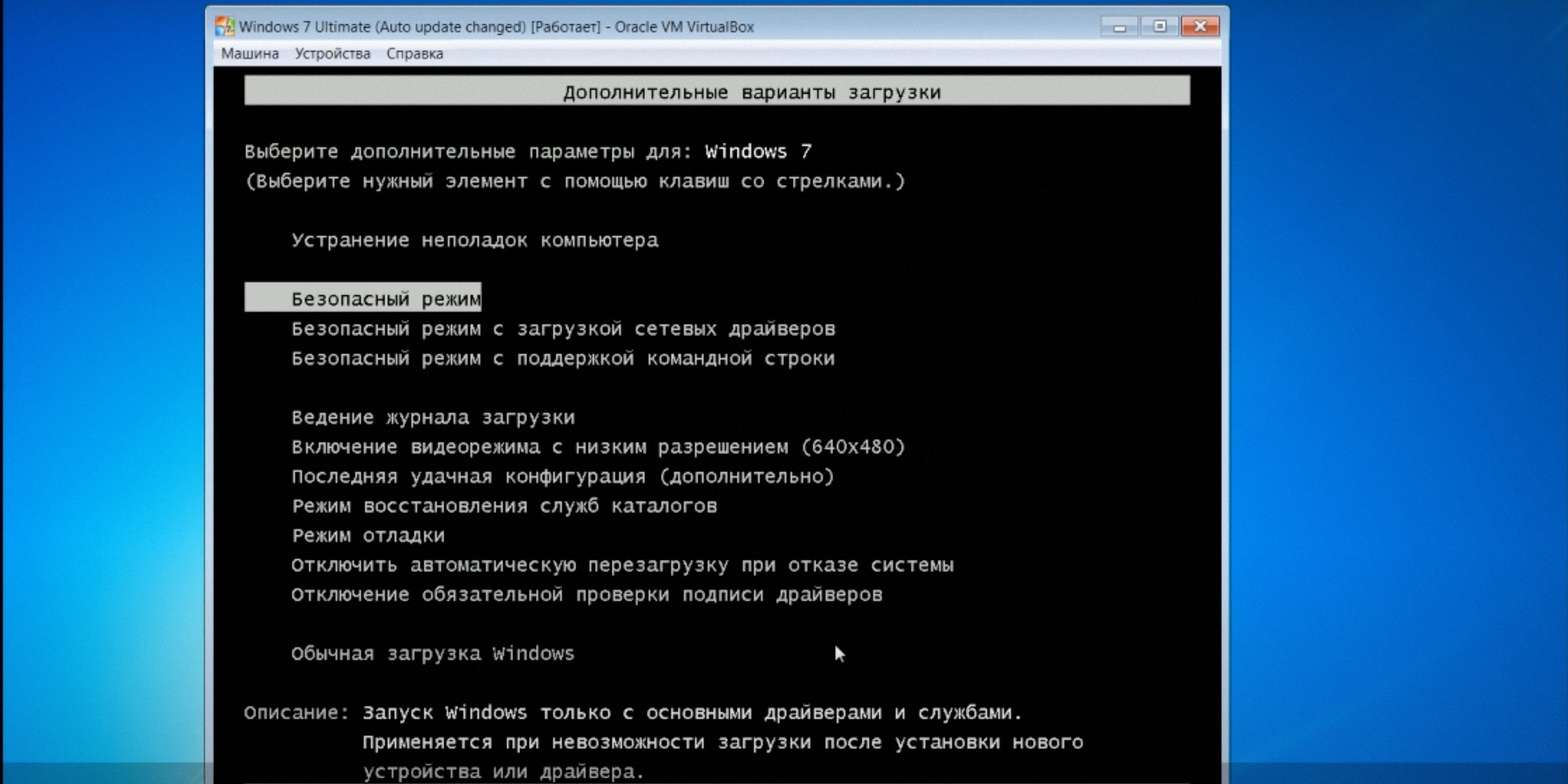
Operating modes on the dominant platform in personal computing today offer a spectrum of functionalities, each tailored to different user needs and system demands. Whether you’re looking to streamline productivity, enhance gaming experiences, or ensure robust security protocols, understanding these functional modes allows users to optimize their interaction with this ubiquitous software environment.
In the realm of personal computing environments, diverse functional configurations cater to a myriad of user preferences and operational requirements. From modes emphasizing efficiency and multitasking capabilities to those prioritizing immersive multimedia experiences, the adaptability of this operating system underscores its appeal across a broad spectrum of users, from casual consumers to dedicated professionals.
Exploring these functional variations not only unveils the versatility of this widely adopted operating system but also empowers users to harness its full potential in diverse contexts. Each operational mode serves as a gateway to distinct functionalities, ensuring that users can customize their computing experience to align precisely with their specific needs and preferences.
Windows Modes: An Overview
In the realm of operating systems, various operational states define the user experience, offering distinct functionalities and interface configurations. These operational states cater to diverse user needs and system requirements, ensuring flexibility in usage scenarios. Understanding these operational states enables users to leverage the full potential of their computing environment.
Mode, state, or configuration are terms used to describe these operational variants, each tailored to specific contexts such as performance optimization, accessibility adjustments, or security enhancements. Each state presents a unique interface layout and functionality scope, supporting tasks from basic navigation to advanced system management.
Exploring the different operational paradigms helps users harness the capabilities embedded within the operating system, facilitating seamless transitions between modes for enhanced productivity and user experience.
Exploring Secure Boot Options in the Microsoft Environment
In the realm of modern operating systems, there exists a specialized operational state designed to troubleshoot and resolve system issues without the usual array of drivers and applications typically available during standard operation. This unique environment provides a streamlined approach to diagnosing and rectifying software-related malfunctions that may impede normal device functionality.
During certain scenarios, accessing this specific operational condition can prove instrumental in pinpointing and addressing challenges that arise within the operating system’s framework. By booting into this alternative mode, users can navigate a simplified interface that facilitates focused intervention, enhancing the ability to isolate and resolve underlying issues that disrupt typical system operation.
Moreover, this distinct operational configuration enables users to circumvent potential complications stemming from incompatible drivers or corrupted software components that might otherwise impede efficient system performance. By leveraging this alternative approach, individuals gain the advantage of a pared-down system environment optimized for diagnostic efficiency and remedial action.
When to Use Safe Mode
In certain situations, it becomes necessary to employ a specialized operational state of an operating system, often referred to as a “secure state.” This state is particularly useful when troubleshooting issues that arise due to recent changes in system configuration or the installation of new software. By activating this mode, users can isolate and potentially resolve these issues by temporarily disabling non-essential components. Additionally, safe mode provides a safeguard against persistent errors that may prevent normal system operation. Here are common scenarios where utilizing this mode can prove advantageous:
| Software Troubleshooting: | When encountering persistent crashes or software malfunctions immediately after installation or updates. |
| Driver Issues: | Following the installation of new hardware or driver updates that result in system instability. |
| Virus or Malware Detection: | During attempts to identify and eliminate malicious software that may be actively interfering with normal system functions. |
| Configuration Adjustments: | When needing to revert recent changes to system settings that have unintentionally disrupted system stability. |
By effectively utilizing this operational mode, users can gain temporary relief from issues affecting system performance and functionality, allowing for targeted troubleshooting efforts without the interference of non-essential components. It serves as a critical tool in the diagnostic process, enabling users to isolate specific causes and implement corrective actions efficiently.
Booting into Safe Mode

In the realm of computer systems, there exists a method to initiate an alternative operational state that serves a crucial purpose in troubleshooting and resolving issues. This mode, known for its ability to prioritize system stability over regular functionalities, enables users to diagnose and rectify software-related anomalies effectively. By engaging this specialized configuration, users can circumvent typical startup processes and access a simplified environment designed to facilitate problem-solving tasks.
Entering this operational state involves a deliberate series of steps during system startup, diverging from the conventional sequence that loads various software components and drivers. Instead of the customary graphical interface, users encounter a stripped-down interface that prioritizes essential system operations. This streamlined approach is instrumental in diagnosing software conflicts, addressing startup issues, and resolving persistent system malfunctions that may hinder normal operation.
Once within this mode, users possess a restricted yet powerful toolkit for system recovery and maintenance. It empowers individuals to methodically troubleshoot errors, uninstall problematic software, and restore system stability without the distractions or potential complications associated with regular operation. By isolating core functionalities and minimizing extraneous variables, this mode ensures a focused and efficient approach to resolving software-related challenges.
Exiting this specialized state is straightforward and involves restarting the system, thereby reinstating normal operation and returning to the standard user interface. While primarily intended for troubleshooting purposes, this mode remains an indispensable tool for maintaining system integrity and ensuring continued functionality in the face of software-related impediments.